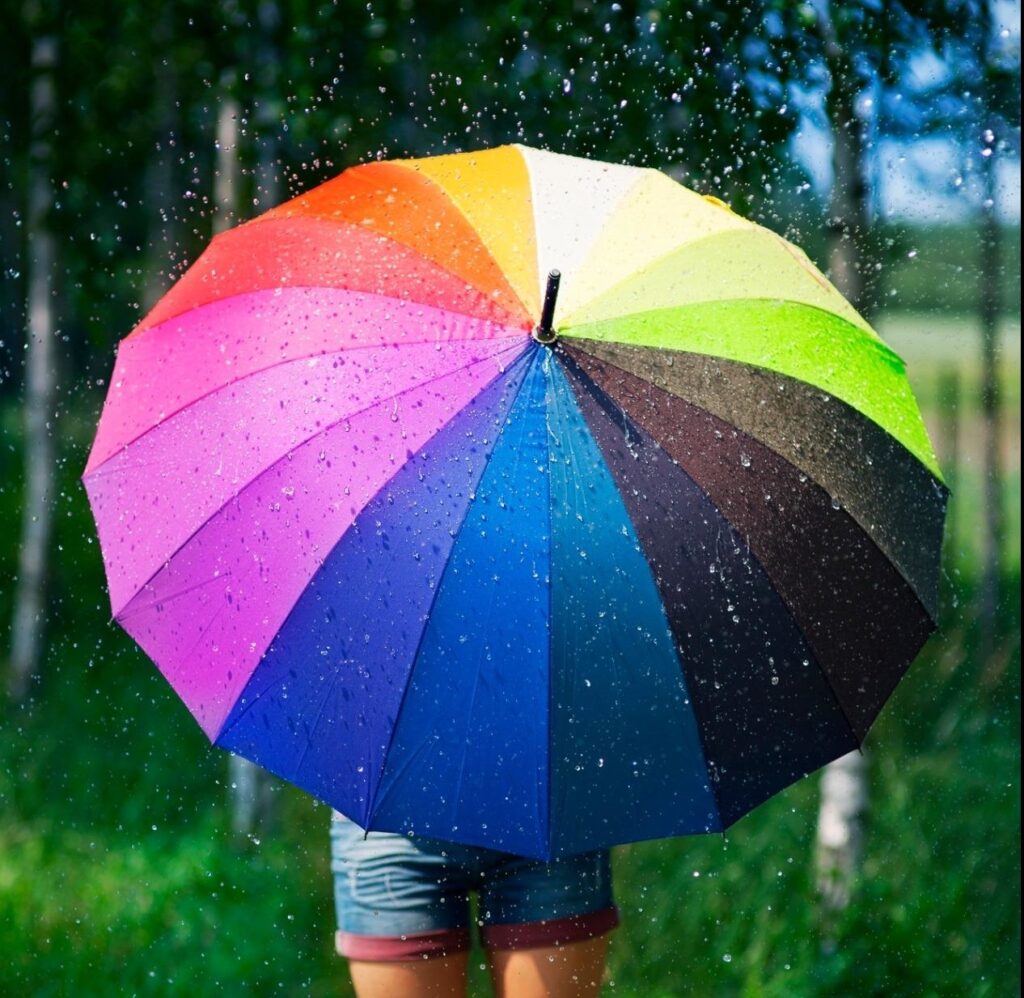Today we will learn different methods of Fabric Waterproofing so that you don’t have to deal with the mess of rain or snow while camping. If you are like me, who likes to go around the world and wants to see amazing places and do camping, then this article is for you. Usually while camping, the biggest danger is raining or snowing, which results in a total mess.
If you are an owner of any vehicle and use a cloth to protect your vehicle from the sun then you should try this method on that cloth as well because the methods we are going to tell you are also going to protect your fabric from UV rays.
Method 1: Using Seam Sealers and Fabric Waterproofing Spray
The first method we are going to discuss is fabric waterproofing using a seam sealer and spay. You can easily find these products from any store that sells camping materials. Such as Walmart, etc. These Work Great on Nylons, Leather, and canvas.
– Prepping the Fabric
The first step before applying the fabric Waterproofing Spray and seam sealer are to prepare the fabric. Make sure the fabric that you are waterproofing is completely dry and clean. If it’s not fully dry then let it dry completely before applying anything. If it has dust on it then clean it with the help of a brush.
The purpose of drying and cleaning is that if the fabric you are working on is not fully dry and cleaned, the Fabric Waterproofing spray and seam sealer will not work properly.
– Applying the Fabric Waterproofing Spray
Transfer the Fabric to a well-ventilated area. Hold the Waterproofing spray at least 6 to 8 inches away from the fabric and apply even and thin layers. Make sure to overlap each layer.
Let the first layer dry before applying 2nd layer. Most fabric Waterproofing sprays dry in 3 to 4 hours, but you can read the instructions on the back of the spray can because every brand has a different time.
– Applying Seam Sealer
Seam Sealers usually come in small bottles with a small applicator on them. Simply roll the seam sealer on all the seams of the cloth to protect water from getting inside.
Method 2: Using Soybean and Turpentine Oil for Fabric Waterproofing
The 2nd method we are going to discuss is fabric waterproofing using Soybean and Turpentine oil. As water doesn’t mix with water, it will protect your fabric from getting wet.
Note: Before continuing, this process will make your cloth darker than its original color.
– Clean The Fabric
Before doing anything else, it is important to clean the fabric you will be working on. You can wash it or just vacuum or brush it depending on the condition of the fabric, if it’s dirty, then wash it, otherwise just clean it with a brush.
– Preparing The Spray
Mix 1 cup of Soybean Oil and 4 ounces (118ml) of turpentine oil in a spray bottle and mix it well. You Spray is ready to make your fAbric Waterproof.
– Applying the Spray
Spread the fabric on a flat surface, and make sure to protect your work area because both Turpentine and soybean Oil can stain your table.
If you are using a spray bottle, then be sure to apply thin layers and try to overlap each layer for perfect coverage. You can also use a brush to apply the product; Just remember to use a flat bristle brush, try to cover the whole fabric, and work in the same direction.
– Let It Dry
Let the fabric dry in sunlight, this can take from a few hours to a few days depending on the condition.
Method 3: Using Rubbing Wax for Fabric Waterproofing
In this method, we are going to discuss how to waterproof your fabric using Rubbing wax such as beeswax.
Note: After applying this method, your fabric may become darker permanently and will become stiffer.
– Clean The Fabric
The fabric you are working on needs to be clean for this method to work properly. If the fabric is dirty, wash it and let it dry before continuing the process of fabric waterproofing.
– Use Pure Beeswax
For this method to work, try to find pure beeswax without any chemicals. Anything else can harm your fabric.
– Heat the beeswax and fabric
Heat the beeswax and fabric you are working on a little; You can do this by using a simple hairdryer or putting them in the sunlight. Don’t heat them too much, or this method will not work properly.
– Now, Rub The Beeswax on Fabric
Take the beeswax and rub it in the fabric from left to right and top to bottom; This will provide complete coverage on the fabric. Use the corner of beeswax to get it into difficult corners and seams of the Fabric.
– Rub the wax using Fingers
Spread the wax evenly using the fingers, and rub it into the corners, pockets, and seams of the fabric if it has any. If the fabric has buttons, be sure to wipe the wax off of them.
– Heat It Again to Melt The Extra Wax
Heat the fabric that you are working on using a hairdryer to heat the wax, this will allow the wax to fill in all the gaps in the fabric. But your fabric will become a little darker than before.
– Remove Any Extra Wax
Use the fingers to remove any extra chunks of wax on the fabric and if necessary, apply it in the places where there is no wax to smooth it.
– Let it dry
Let the fabric cure in a warm and dry place for at least 24 to 36 hours. After that, you can use it. You will feel that the fabric has gone a little stiff, but it will become soft over time, but it will not go any lighter.
Conclusion
If you are a person who loves to go camping and adventures but is afraid that your tent or your cloth will become wet if it rains then you can try the methods mentioned above to make your fabric waterproof. Don’t forget to use these immunity boosters in case you are caught in rain and gets some cold. But be aware that after performing these methods, your fabric may become darker than before and can lose its softness.



